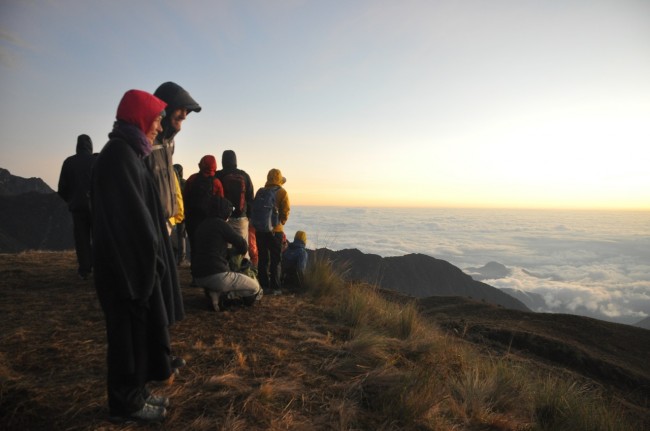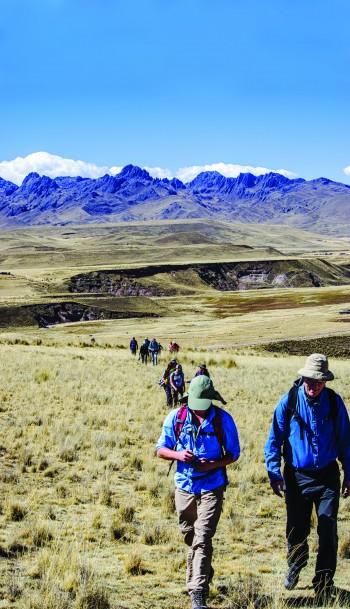Amazon-Andes Interactions
November 2, 2015


Wout Salenbien.
Brian Horton, a DGS and UTIG research professor, and Ph.D. students Lily Jackson and Sarah George travelled to southern Peru in July 2015 for a short field course on the relationship between the evolution of the Andes Mountains and biodiversification of the Amazon rainforest.
The uplift of the Andes over time has greatly influenced Amazon climate and hydrology. The team, collaborating with a group of international researchers, sought to understand how these geophysical factors have influenced the diversification of plant and animal species in the rainforest.
The Jackson School team focused on studying Cenozoic tectonics and basin evolution in the Andes and foreland region of Peru and Ecuador.
The course spanned a diverse range of geologic, climatic and biologic settings, from the high plateau of the Altiplano to the remote Amazon lowlands of Manú National Park. The course had over 20 participants, which included international faculty, graduate students and postdocs representing 11 universities, as well as a journalist and photographer from Science magazine.
The field work offered a rare opportunity to be immersed in interdisciplinary research while in the field, sharing ideas and insights — while on the outcrops, in the trees, floating the rivers — with experts in ecology, molecular genetics, geology, paleontology, hydrology, paleoclimate, climate dynamics and Earth system modeling.
The course is part of a five-year, $4.5 million project between a group of over 20 geologists, climatologists, and biologists from universities and institutes across the U.S. and South America. Horton is a principal investigator on the project. It is funded by the National Science Foundation’s Frontiers in EarthSystem Dynamics program.
Back to the Newsletter